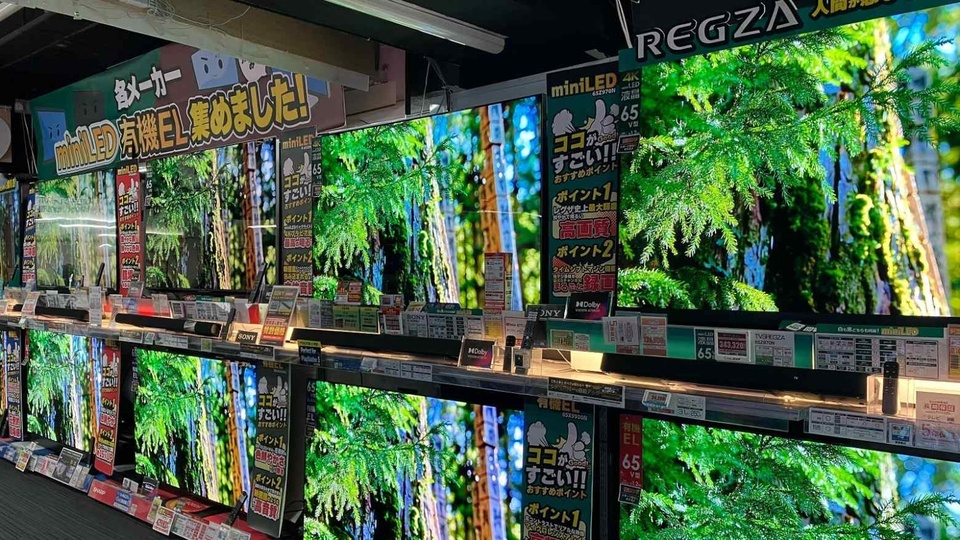 |
Hisense's TVS Regza sub-brand to lead Japan's flat-panel TV market in 2024. Photo: Nikkei . |
Data from Tokyo-based research firm BCN shows that more than half of flat-panel TVs sold in Japan in 2024 will be Chinese brands.
This is the first time Chinese brands have held more than 50% of the flat-screen TV market share in Japan since 2004. Names like Hisense and TCL attract young users with affordable prices.
TVS Regza, a subsidiary of Hisense, ranked first in Japan with a 25.4% market share, while Hisense itself ranked third with 15.7%.
Ranked 4th is TCL with a market share of 9.7%, surpassing famous Japanese brands such as Sony or Panasonic.
Hisense, TCL and other Chinese companies are leveraging global supply chains to reduce costs, such as ordering panels and components in bulk, analysts say.
In Japan, a 55-inch LCD TV from Hisense costs under 100,000 yen ( $650 ), while a similar model from Panasonic costs more than twice as much.
“Consumers are saving money amid inflation, which is making them choose Chinese brands,” said analyst Eiji Mori from BCN.
During the 2020-2024 period, the total market share of Chinese TV brands in Japan increased by about 20%, thanks to the sudden increase in demand for smart TVs amid the pandemic.
In August 2024, Xiaomi launched a 43-inch TV priced at 39,800 yen (about 250 USD ), targeting the needs of watching movies online and playing games. According to a representative of an electronics store, young users in Japan are more familiar with Chinese brands and only look for products from these companies.
Previously, Chinese brands in Japan mainly sold small and medium-sized TVs, 40 inches or smaller. Recently, some brands have shifted to high-end, large-sized TVs.
According to Nikkei , Hisense's sales in Japan in 2024 increased by 33%, partly due to its high-end Mini LED TV line.
To compete, Japanese TV brands are focusing on additional features, such as artificial intelligence (AI).
For example, Sony partnered with Amazon to develop a TV that automatically adjusts its display settings based on what is being played, while Panasonic introduced a TV that recommends content based on the user's preferences and viewing history.






























![[Photo] National Assembly Chairman Tran Thanh Man visits Vietnamese Heroic Mother Ta Thi Tran](https://vphoto.vietnam.vn/thumb/1200x675/vietnam/resource/IMAGE/2025/7/20/765c0bd057dd44ad83ab89fe0255b783)







































































Comment (0)